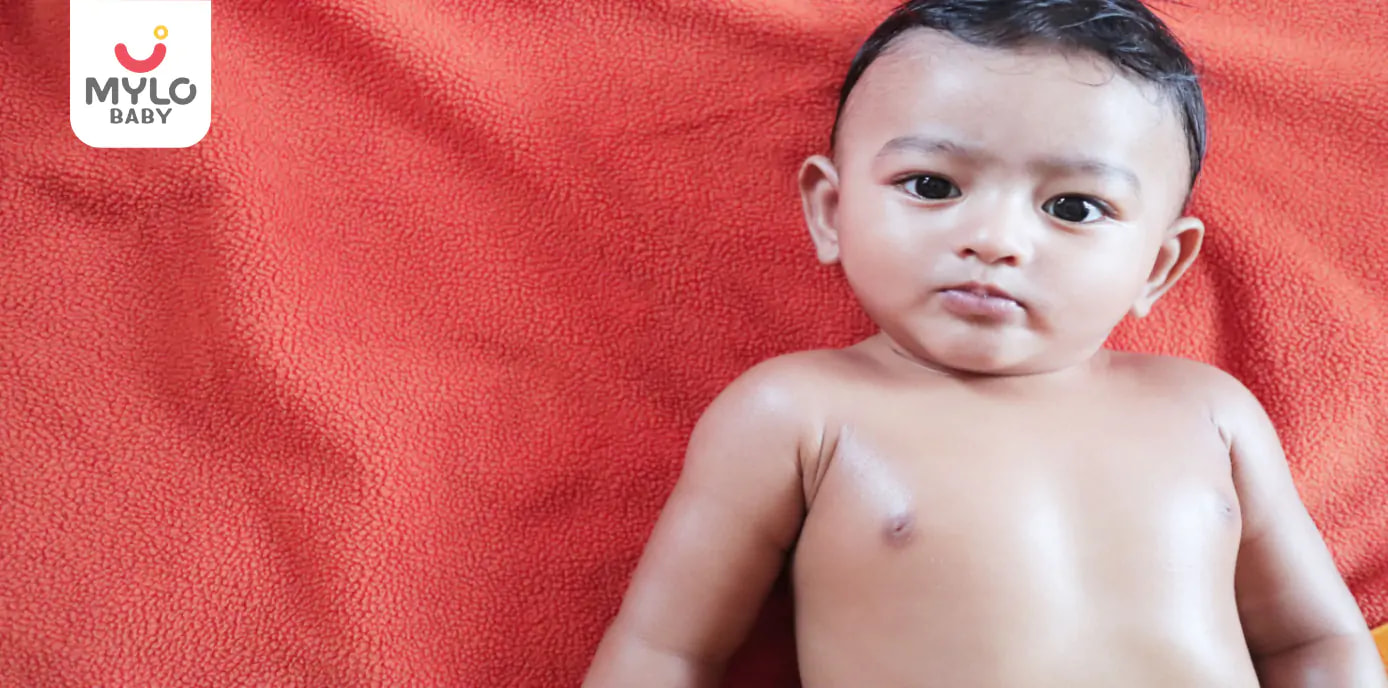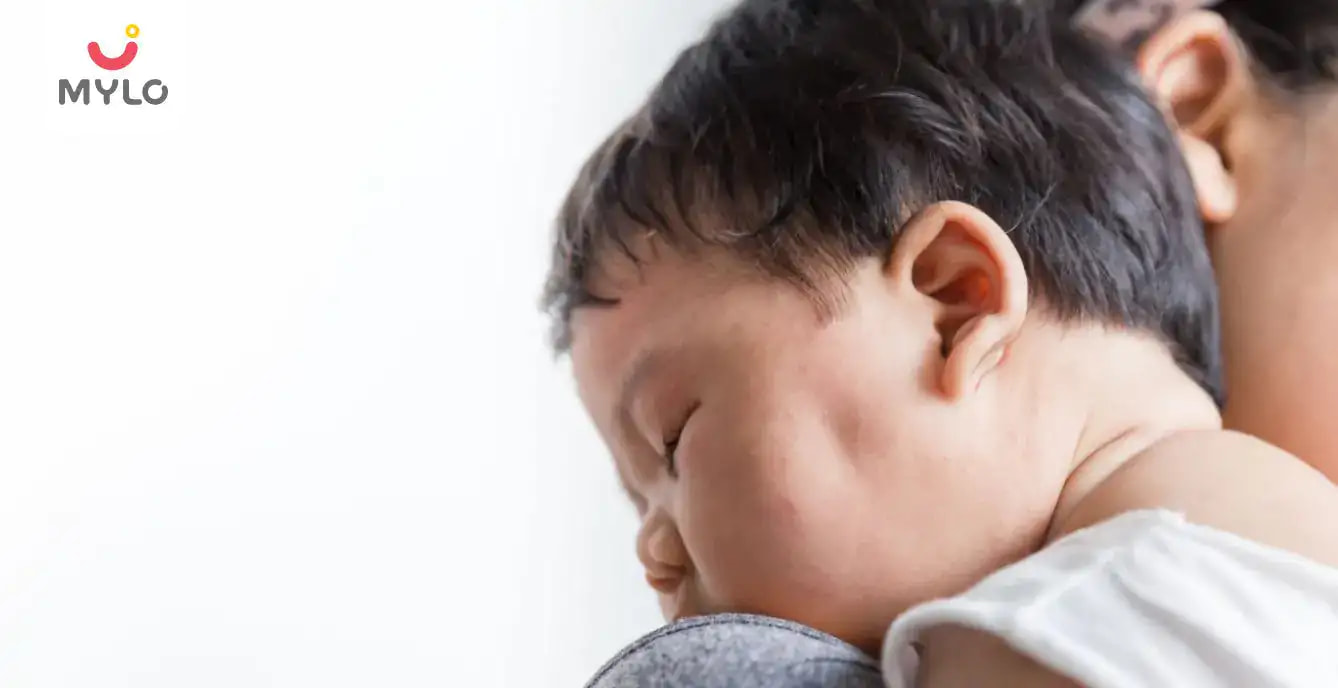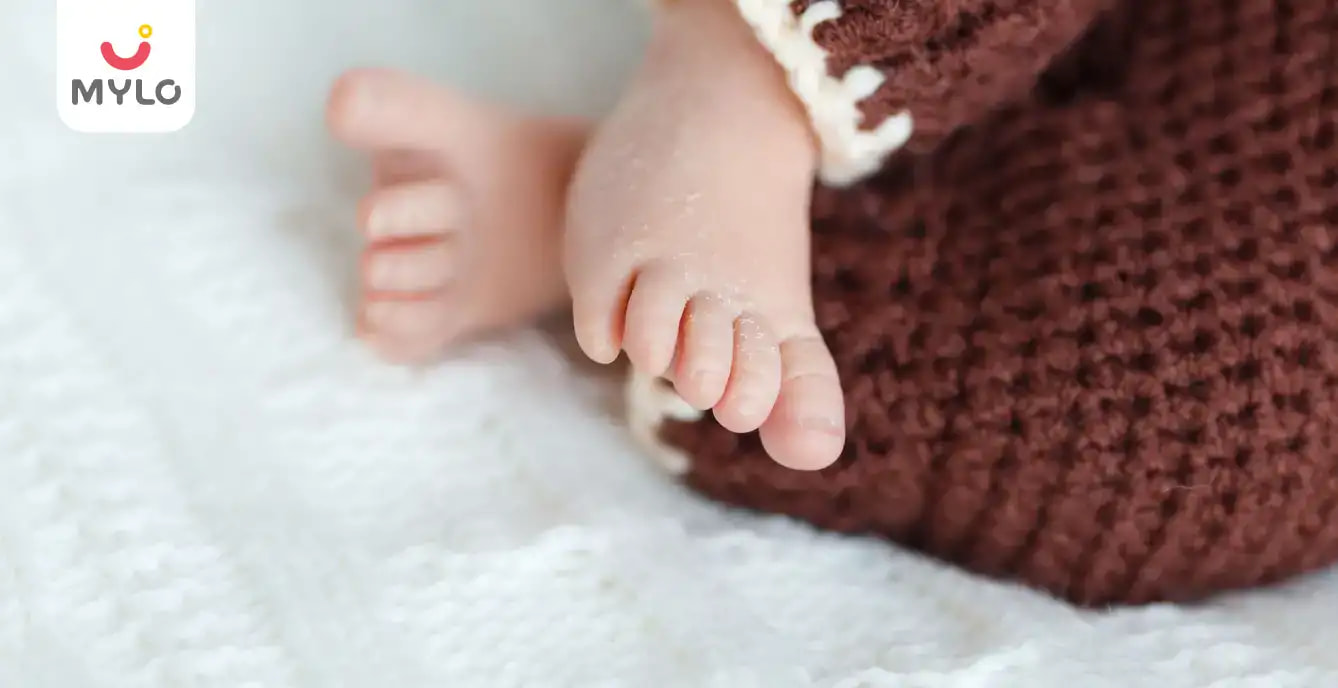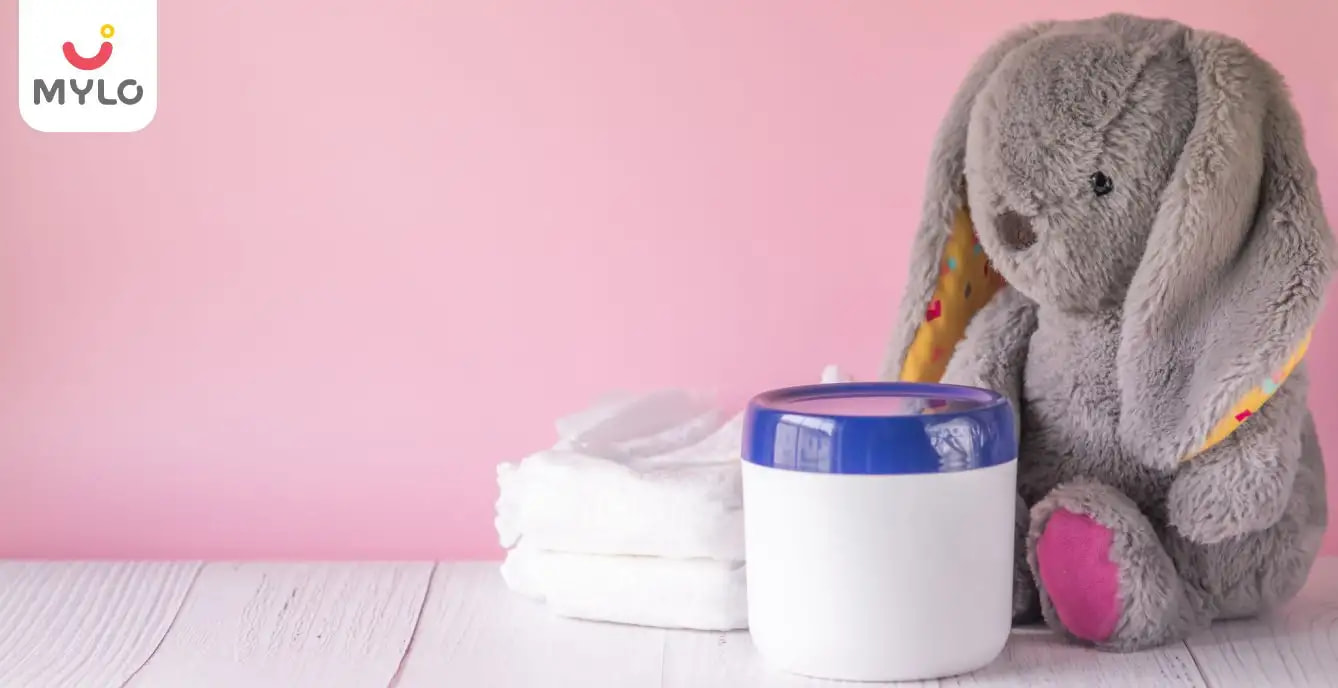Home

Safety & Care

How to treat burns in toddlers
In this Article
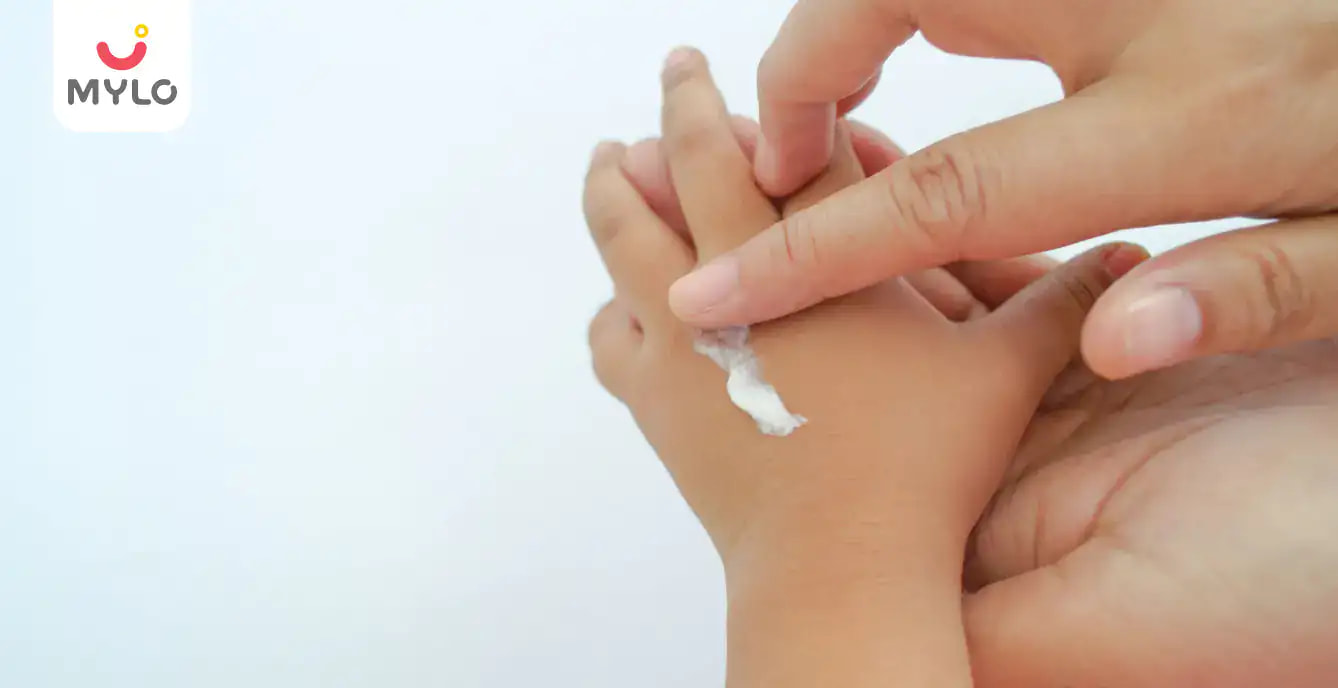
Safety & Care
How to treat burns in toddlers
Updated on 6 September 2022
Burns (caused by dry heat) and scalds (caused by hot, wet substances) are common injuries in babies and toddlers.
Your baby can be burnt or scalded easily as her skin is much more delicate than adult skin. So a drink or object that is hot but not burning for you, might cause a burn for your baby.
Burns and scalds are painful, so your baby will be frightened and upset. But before you try to comfort and soothe her, focus first on treatment.
Don't let guilt over the accident or your distress at seeing your baby in pain come in the way of attending to the burn. A quick response can help reduce the pain and severity of the burn, and help it heal faster.
So by tending to the burn, you are doing the best thing you can to help your baby.
What should I do if my baby gets burned?
1. Get your baby away from the source of heat and out of danger. If her clothing is on fire, smother the flames with a towel, heavy blanket, or whatever else is available.
2. Check how serious the burn is. You should take your baby to the nearest hospital as soon as you can if the burn:
- Covers more than five per cent of her body. As a rough guide, one per cent of her body is about the size of her palm and fingers.
- Is white or charred. These are the signs of an injury that has damaged all the skin's layers. The tissues showing underneath may look pale.
- Is on her face, hands, feet, or genitals.
- Crosses over a joint, such as her shoulder or elbow, or goes right round a part of her body, such as circling her arm or leg (circumferential burn).
- Is an electrical or chemical burn.
You should also rush to the hospital if your baby has been exposed to a lot of smoke from a fire. This can cause breathing difficulties.
If the burn isn't serious enough to rush to the hospital, it's still important that you treat it immediately.
3. Cool the burn. Cool the burnt area as quickly as possible by placing it under cool running water for 10 to 20 minutes. Keep the water cool and the pressure low. A strong flow can damage the burnt skin.
The 10 to 20 minutes may seem to go on forever, but it will help your baby's injury to be less painful and heal better. Don't use ice or iced water, because it can limit the blood supply to your baby's injury. This won't help your baby's skin tissues to heal well.
Only cool the affected area, not the whole of your baby's body. If you cover all of your baby with water, she could get too cold. Don't blow on the burn because the wound is very prone to catching an infection.
4. Remove any tight clothing from near your baby's burn before it starts to swell. Do not remove clothing or material that is sticking to the burn. Leave this to the doctor.
5. Raise the burnt area of your baby's body to reduce swelling if possible.
6. Dress the burn. Cover the burn or scald using a sterile dressing being careful not to burst the blister if there is one. You can use a cotton gauze but don't use cotton wool as the fibres can stick to the wound. Don't put skin cream, honey, turmeric (haldi) paste, raw potato, raw egg white, fresh cream, oil or butter on your baby's injury. This will just hold in the heat. Only apply appropriate burn cream after consulting your baby's doctor.
Once you've given your baby first aid for her burn or scald, you can ease her pain with infant paracetamol in the dose recommended by her doctor.
How will I know what degree burn my baby has?
You can find out the seriousness of the burn by looking at it carefully.
- A first degree burn is the mildest kind of burn, in which only the outer layer of skin has been damaged. The nerves get irritated, and this hurts. You'll see redness in the area. Sometimes, there may also be a slight swelling and the wound may look like a sunburn.
- In a second degree burn, the second layer of skin has been damaged. The higher temperature causes blisters and swelling. This type of burn is usually very painful.
- A third degree burn is the most serious. The skin usually appears charred and white, and is seriously injured – sometimes well below the surface. Third degree burns may not hurt, but this is because the nerves have been damaged. The surrounding area can be very painful though. A third degree burn is a medical emergency.
Do I need to take my baby to the doctor?
If your baby's burn isn't a medical emergency, after you have cooled and dressed it, and given your baby some paracetamol, you should show it to a doctor unless it is minor.
Large first degree burns like sunburns, or second degree burns with large blisters do need to be shown to a doctor to be sure you’re using the right ointment and caring for it correctly.
A first degree burn may heal in just a few days, but a second degree burn can take a couple of weeks. If your baby shows signs of infection while the burn is healing, take her to the paediatrician again. Signs of infection include:
- increased pain
- swelling
- redness
- drainage or pus
- odour
- swollen lymph nodes
- fever
- red streaks spreading from the burn
Will my baby need to be hospitalised?
If your baby has third degree burns – or less severe burns that are extensive – she may need to be monitored in the hospital. If your baby inhaled smoke, your doctor may want to keep your baby for observation for a few hours in the hospital as well to be sure there are no serious breathing problems. Your child may also be in shock due to loss of body fluids.
How long your baby stays in the hospital will depend on the severity of the burn, how much smoke she has been exposed to, and how dehydrated she may be.
How can I prevent my baby getting a burn or scald?
Make your home safe and be careful around your baby when you're cooking and carrying or drinking hot drinks. Follow these steps:
- Don't leave hot drinks where your baby can reach them, and don't carry them around when you're holding her or when she is on the floor playing. Also don't hand hot drinks to people over your baby, and don't drink one while feeding her. A drink is still hot enough to scald your baby at least 15 minutes after you've made it.
- Be careful when you're cooking on the hob or using the oven. Turn the handles of saucepans towards the back of the hob so that your baby can't reach up and pull them down.
- Place the kettle and toaster at the back of the counter and out of reach of your baby's hands.
- Keep matches and lighters in a lockable drawer or cupboard where your baby can't reach them. If your gas hob doesn't have an ignition button, use a spark device to light it. Spark devices are safer because they don’t have a naked flame.
- Install a fire extinguisher and fire blanket where the risk of fire is greatest, such as in the kitchen. However, only attempt to put out a fire if it's small and contained. Otherwise, get everyone out of the home and dial 101.
- Fit smoke alarms in every bedroom and near the kitchen.
- Hide lamp and appliance cords behind heavy furniture or conceal them with a flex holder device. Tall lamps may topple over if your baby pulls on them, so anchor them safely behind furniture.
- Put candles or oil lamps well out of reach. Put out the flame when you leave the room. Never leave your baby alone in a room with a lit candle or oil lamp.
- Always run cold water into a bucket before adding hot water. Test the temperature of the water with your elbow, before using the water for your baby's bath. Never leave your baby alone in the bathroom. This is when burns and scalds can happen from hot taps and pipes.
- Keep hairdryers, straighteners and curling tongs unplugged and out of reach. Hair-styling devices can still burn for about eight minutes after you've unplugged them, so store them in heatproof bags.
- During festivals, don't leave your baby unattended. Don't carry your baby while holding a lighted sparkler. Keep your baby well out of reach of any fireworks, candles or lights (electrical or oil based).
- If you use heaters in winter, never leave your baby alone in a room with a heater on. Keep your baby away from heaters and place the heater somewhere your baby cannot touch it.



Written by
Priyanka Verma
Priyanka is an experienced editor & content writer with great attention to detail. Mother to an 11-year-old, she's a ski
Read MoreGet baby's diet chart, and growth tips

Related Articles
Related Topics
RECENTLY PUBLISHED ARTICLES
our most recent articles
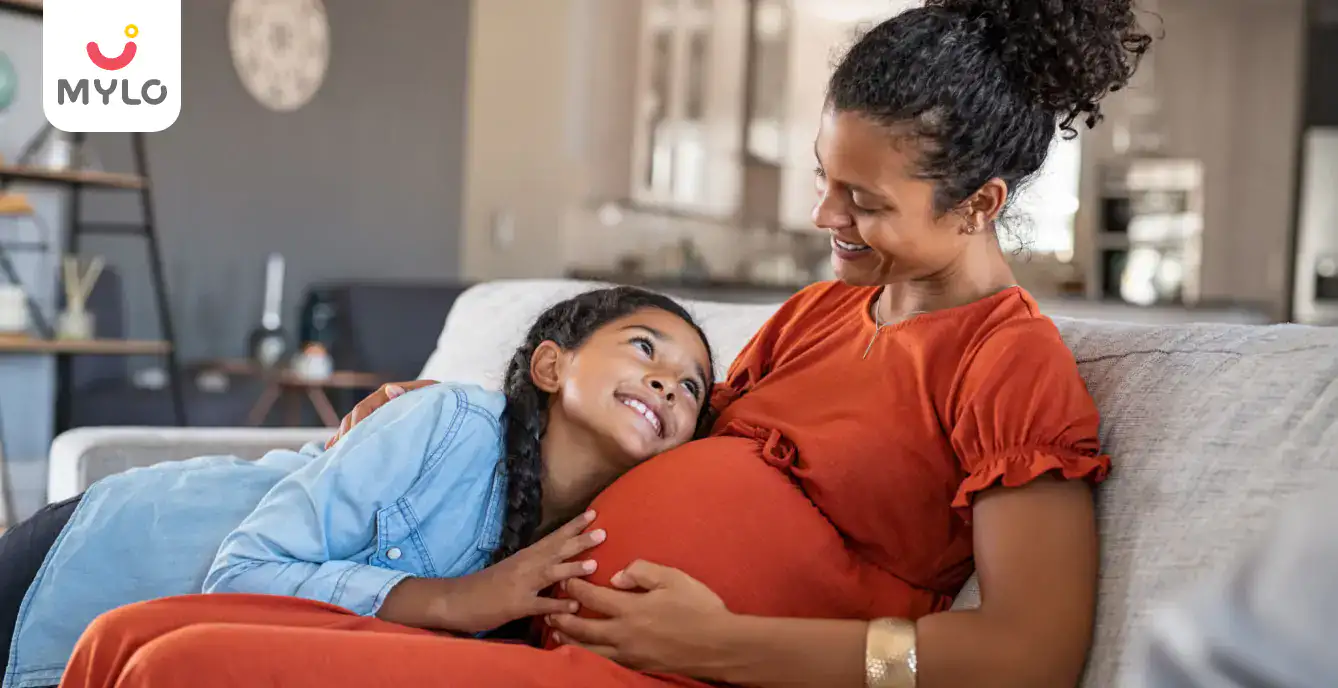
Negative Brand Discussions
What does Quickening mean and when does a pregnant woman start experiencing it?
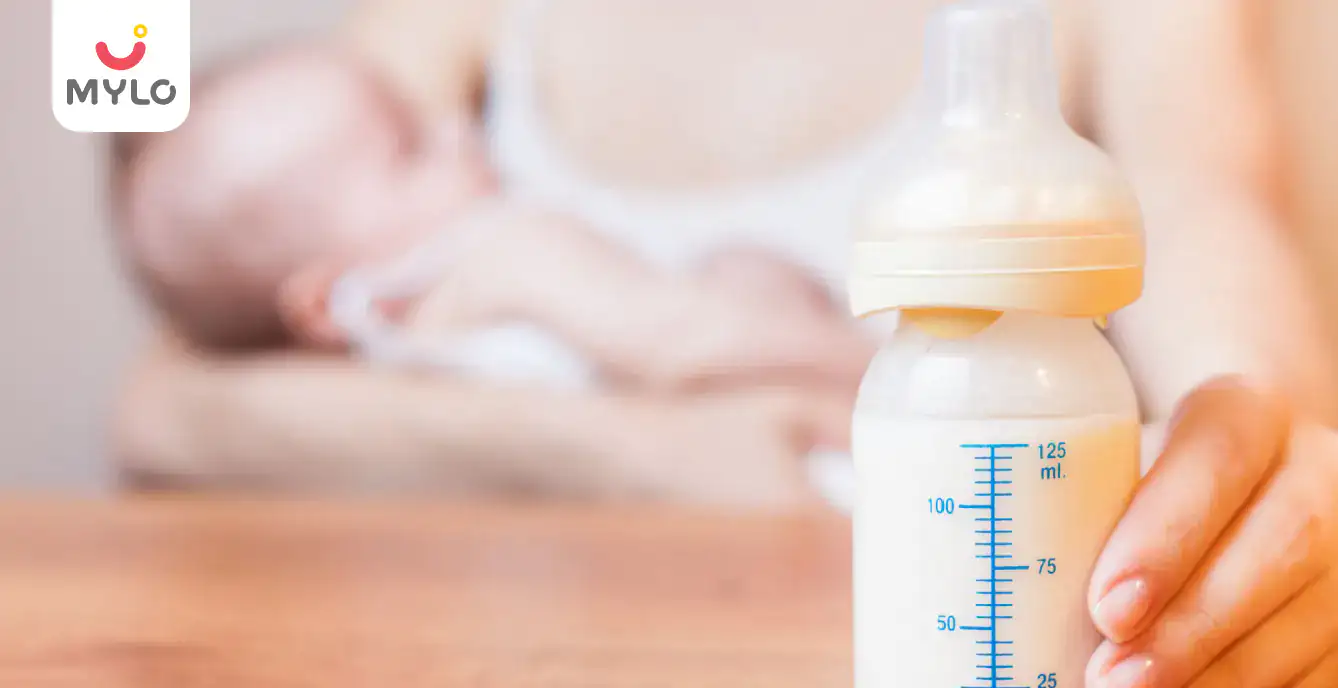
Breast Milk
From Leh to Delhi: Mom’s milk for her baby from 1,000km away
Pregnancy
footnote test title
Pregnancy
footnote test title
Pregnancy
footnote test title
Pregnancy
footnote test title
- footnote test title
- footnote test title
- Can stress affect your baby
- How I conceived my Miracle Baby: The incredible journey of a woman from infertility to motherhood
- Mylo ties up with celebrity mom Amrita Rao for its baby care products
- What causes clumsiness during pregnancy and what can you do about it?
- Is is Safe to Use Reusable Nursing Pads during Pregnancy?
- 6 most effective home remedies which help to relieve gas in babies
- Mylo ties up with celebrity mom Amrita Rao for its baby care products
- Sex during the third trimester: Keep these things in mind
- How does an unclean home/environment impact the overall well-being of your baby?
- Is it good to have sex without protection during the first trimester?
- What Babies can hear in the womb: Surprising facts
- New Mom Diet Plan – Month 17 Week 65


AWARDS AND RECOGNITION

Mylo wins Forbes D2C Disruptor award

Mylo wins The Economic Times Promising Brands 2022
AS SEEN IN
















- Mylo Care: Effective and science-backed personal care and wellness solutions for a joyful you.
- Mylo Baby: Science-backed, gentle and effective personal care & hygiene range for your little one.
- Mylo Community: Trusted and empathetic community of 10mn+ parents and experts.
Product Categories
baby carrier | baby soap | baby wipes | stretch marks cream | baby cream | baby shampoo | baby massage oil | baby hair oil | stretch marks oil | baby body wash | baby powder | baby lotion | diaper rash cream | newborn diapers | teether | baby kajal | baby diapers | cloth diapers |



